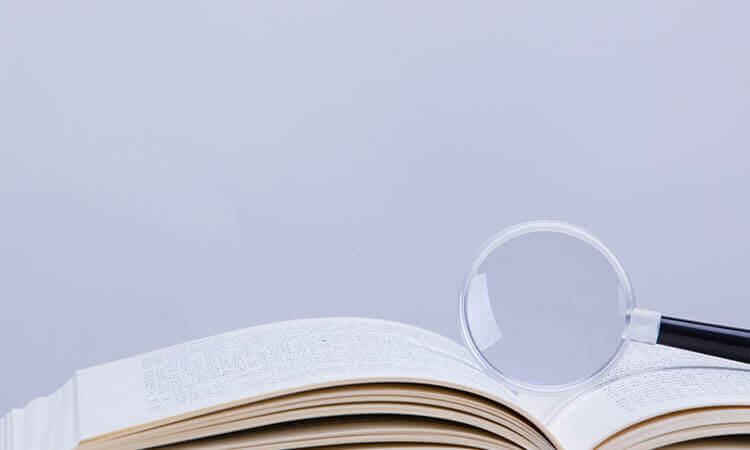How to choose waterproof materials in different waterproof projects
date: 2019-06-26 11:44:32Source: AdminViews: 839
1. Roof waterproofing layer
The roof waterproofing layer is exposed to nature, exposed to hot sunlight, gusty winds, rain and snow erosion, and repeated expansion and contraction due to changes in day and night temperature difference. When waterproof materials have no excellent material properties and good protection measures, the required durability period can not be met. Therefore, waterproof materials with high tensile strength, high elongation and good aging resistance should be selected, such as polyester tire high polymer modified bitumen membrane, one-component polyurethane coating (plus protective layer).
2. Wall waterproofing
Why is the wall leaking? Here are the reasons, the walls are too thin, most of them are light-weight blocks, a lot of internal and external joints, and then the joints of doors and windows and walls, the seal is not strict, and the rain penetrates into the seams. Wall waterproofing can nt use membrane, only ocating, and combined with exterior decoration materials to achieve better waterproof effect.
Clean the perimeter, use a waterproof coating to block the layer with a radius of 10cm, and apply a waterproof layer.
3. Underground building waterproofing
The underground waterproof layer is immersed in water or very moist soil for many years, and the waterproof material must have good water resistance. It is not possible to use a membrane made of a perishable carcass. The waterproof layer of the bottom plate is thick and has a waterproof material that is resistant to the spurs. The laminate is preferably 6mm to 8mm thick. If synthetic polymer membranes are used, it is best to heat weld joints. If the adhesive is used, the glue should have excellent water resistance, otherwise the best membrane will not be suitable. Use waterproof coatings with caution. The thickness should be 2.5mm if it is used alone, and the thickness used together with the membranes should be 2mm.
4. Toilet room waterproofing
There are three characteristics of waterproofing in the toilet room: one is not affected by the natural climate, the temperature does not change much, and the elongation rate of the material is not high; the second is the small area with more inside and outside corners, the floor slab is more; the third is the wall surface of the waterproof layer is tiled and has good affinity with the binder. According to the above three characteristics, the membrane can not be selected, only the coating is most suitable, and the cement-based acrylate coating is the most suitable in the coating, and the tile can be firmly adhered on the surface.
5. Landfill waterproofing
The waterproof material for the landfill, lakes, pools, is made of polyethylene geomembrane, with a width of more than 5m, welded joints and good puncture resistance.








